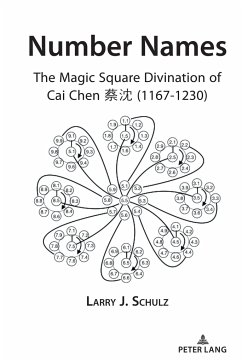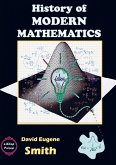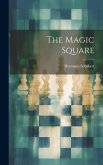In his Master Plan Cai Chen (1167-1230) created an original divination manual based on the Yijing and keyed it to an intricate series of 81 matrixes with the properties of "magic squares." Previously unrecognized, Cai's work is a milestone in the history of mathematics, and, in introducing it, this book dramatically expands our understanding of the Chinese number theory practiced by the "Image and Number" school within Confucian philosophy. Thinkers of that leaning devised graphic arrays of the binary figures called "trigrams" and "hexagrams" in the Yijing as a way of exploring the relationship between the random draws of divination and the classic's readings. Cai adapted this perspective to his 81 matrix series, which he saw as tracing the recurring temporal cycles of the natural world. The architecture of the matrix series is echoed in the language of his divination texts, which he called "number names"-hence, the book's title. This book will appeal to those interested in philosophy, the history of science and mathematics, and Chinese intellectual history. The divination text has significant literary as well as philosophical dimensions, and its audience lies both among specialists in these fields and with a general readership interested in recreational mathematics and topics like divination, Taiji, and Fengshui.
Bitte wählen Sie Ihr Anliegen aus.
Rechnungen
Retourenschein anfordern
Bestellstatus
Storno








